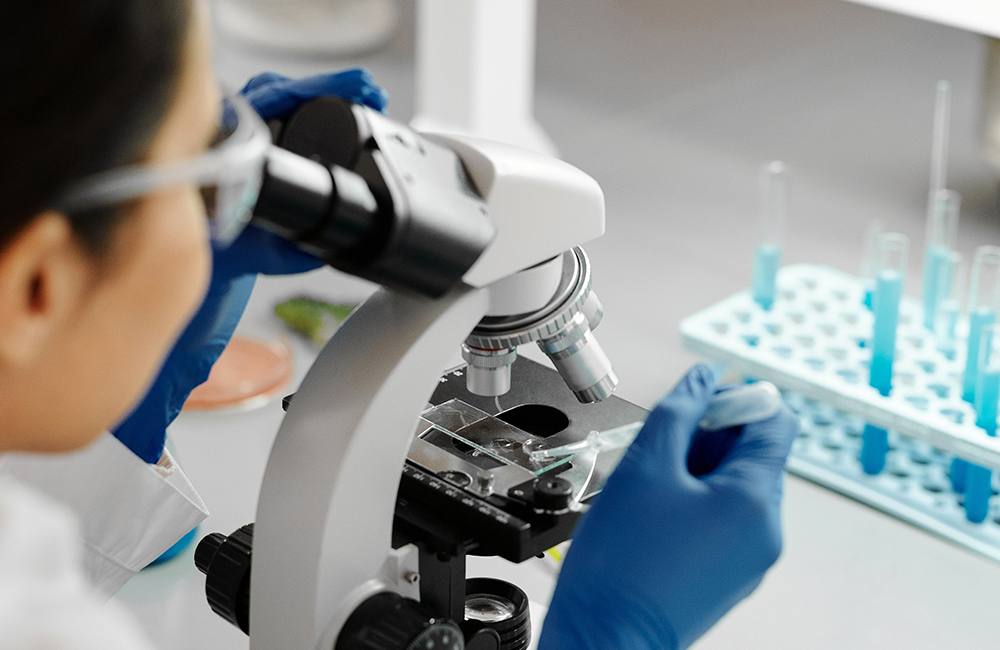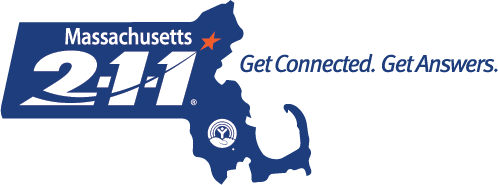
Health care providers have begun receiving the state’s small allocation of
the JYNNEOS vaccine from CDC
BOSTON (July 7, 2022) – The Massachusetts Department of Public Health (DPH) today announced 10 additional cases of monkeypox in adult males within the past seven days, bringing the total number of monkeypox cases in the Commonwealth to 31 Massachusetts residents since the state’s first case was announced May 18.
The 10 cases announced today had their diagnoses between June 30 and July 6 after testing was completed by the State Public Health Laboratory in Jamaica Plain. DPH is working with local health officials, the patients, and healthcare providers to identify individuals who may have been in contact with the patients while they were infectious. Individuals with monkeypox are advised to isolate and avoid contact with others until they are no longer infectious. DPH provides public updates on monkeypox in Massachusetts on a weekly basis each Thursday.
During the week of June 27th, DPH received notice from the US Centers for Disease Control and Prevention that Massachusetts is one of 10 U.S. jurisdictions eligible to receive an initial allocation of JYNNEOS vaccine against monkeypox. DPH received its allocation of 2,004 doses on July 5th, and immediately distributed vaccine to four health care providers for administration starting yesterday, July 6th.
Due to extremely limited national availability of vaccine, the JYNNEOS vaccine in Massachusetts remains limited at this time. Vaccination is available to individuals who meet the CDC’s eligibility criteria and who live or work in Massachusetts. Vaccine is prioritized for individuals at greatest risk of exposure to someone with monkeypox. If an individual believes they qualify for monkeypox vaccine, they should contact their healthcare provider. Healthcare providers are responsible for evaluating their patient to ensure that they meet eligibility requirements prior to referring patients for vaccination.
More information on monkeypox vaccination in Massachusetts, including eligibility can be found here.
Current data from CDC indicate that there have been 605 cases of monkeypox virus this year in US residents. Regularly updated case counts can be obtained on the CDC’s website: 2022 U.S. Map and Case Count. There have been no deaths in the US or globally related to this outbreak and patients generally recover fully in 2-4 weeks. Although many of the early cases were associated with international travel, recent cases are not. Gay and bisexual men and other men who have sex with men make up a large proportion of the cases identified to date. However, the risk is not limited to the LGBTQ community, and anyone who has been in close contact with someone who has monkeypox is at risk.
While the virus does not spread easily between people, people can spread the infection once they develop symptoms. Transmission occurs through direct contact with body fluids and monkeypox sores, by touching items that have been contaminated with fluids or sores (clothing, bedding, etc.), or less commonly, through respiratory droplets following prolonged face-to-face contact. In many of the recent cases, the locations of the rash lesions suggest transmission during sexual contact. Examples where monkeypox can spread and where it does not:
- Monkeypox can spread through:
- Direct skin-to-skin contact with rash lesions. Sexual/intimate contact, including kissing while a person is infected.
- Living in a house and sharing a bed with someone. Sharing towels or unwashed clothing.
- Respiratory secretions through face-to-face interactions (the type that mainly happen when living with someone or caring for someone who has monkeypox).
- Monkeypox does not spread through:
- Casual conversations. Walking by someone with monkeypox in a grocery store, for instance. Touching items like doorknobs.
Clinicians are asked to be alert to the possibility of monkeypox virus infection in individuals who have rash illnesses consistent with monkeypox. Early symptoms of monkeypox can include fever, headache, sore throat, and swollen lymph nodes, but rash may be the first symptom. Rash lesions start flat, become raised, fill with clear fluid (vesicles), and then become pustules (filled with pus). A person with monkeypox can have many lesions or only a few. Learn more about how to recognize monkeypox.
Actions for people to consider if they want to reduce their risk from monkeypox include:
- Avoiding large gatherings like raves and dance parties where you may have lots of close body contact with others
- Asking any partner, especially new partners whose health status and recent travel history you are not familiar with, if they have any symptoms of monkeypox
- Staying informed by reading information available on the DPH and CDC websites.
As the CDC advises, if you believe you may have monkeypox, you should contact your health care provider. If you need to leave your home, wear a mask and cover your rash or lesions when around others. Those who live with or care for someone who may have monkeypox should wear a mask and disposable gloves if they need to have any direct contact with lesions and when handling any clothes or bedding if the person cannot do it themselves. They should also wash their hands regularly, especially after contact with the person who is infected or with their clothes, bed sheets, towels, and other items or surfaces they may have touched.
Clinicians should consult with the Massachusetts Department of Public Health at 617-983-6800 to determine if testing is indicated. Consultation is required before submitting specimens.
For more information about this virus, visit www.mass.gov/monkeypox and www.cdc.gov/poxvirus/monkeypox.
###
